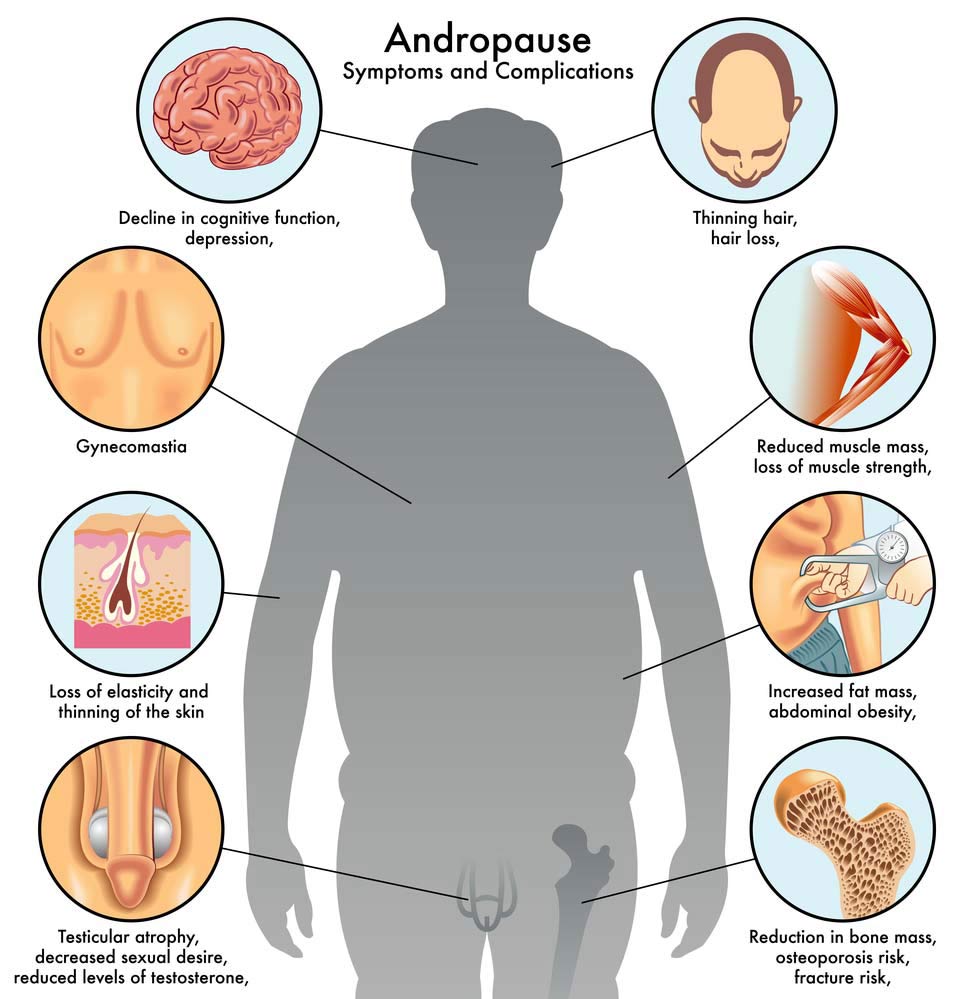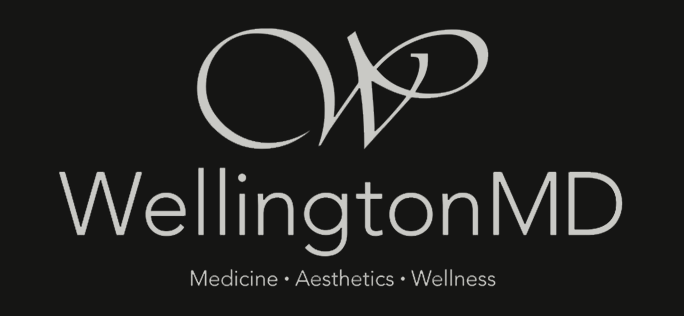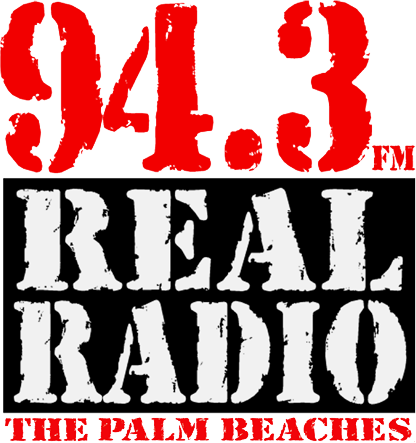Unlike menopause, which generally occurs in women during their mid-forties to mid-fifties, a man’s “transition” may be much more gradual and expand over many decades. Attitude, psychological stress, alcohol, injuries or surgery, medications, obesity and infections can contribute to its onset.
Although a decline in testosterone levels will occur in virtually all men with age, there is no way of predicting who will experience andropausal symptoms of sufficient severity to seek the medical help of a hormone specialist. It is also unpredictable at what age symptoms will occur in a particular individual. Some men experience low testosterone symptoms in their thirties while others have Low T in their fifties or sixties. Each man’s symptoms may be also different.
Is Low T or Andropause a new phenomenon?
Andropause was first described in medical literature in the 1940’s. So, it’s not really new. But, Endocrinologists, Hormone Therapists and Age Management Physicians’ ability to properly diagnose it is. Sensitive tests for bioavailable testosterone weren’t available until recently, so andropause has gone through a long period where it was underdiagnosed and undertreated. Now that men are living longer, there is heightened interest in andropause and this will help to advance medical doctor’s approach to this important life stage which was identified so long ago. If you think you may have Low T, get a hormone test.
Important Facts:
Starting at about age 30, testosterone levels drop by about 10% every decade. At the same time, another factor in the body called Sex Binding Hormone Globulin, or SHBG, is increasing. SHBG traps much of the testosterone that is still circulating and makes it unavailable to exert its effects in the body’s tissues. What’s left over does the beneficial work and is known as “bioavailable” or “free” testosterone. Andropause, or the “Male Menopause” is associated with low (bioavailable) testosterone levels. Every man experiences a decline of bioavailable testosterone but some men’s levels dip lower than others. And when this happens these men can experience andropausal symptoms. A simple blood test can measure a man’s Total and Free Testosterone Levels.
These symptoms can impact their quality of life and may expose them to other, longer-term risks of low-testosterone. It is estimated that 30 percent of men in their 50s will have testosterone levels low enough to be causing symptoms or putting them at risk.
Endocrine Society Clinical Practice Guidelines
The Endocrine Society recommends making a diagnosis of androgen deficiency or hypogonadism (Low T) only in men with consistent symptoms and signs and unequivocally low serum testosterone levels. The guidelines suggest the measurement of morning total testosterone level by a reliable hormone panel lab test to confirm the initial diagnostic test. In men who are borderline deficient, they recommend confirmation of the diagnosis by repeated measurement of morning total testosterone. Many physicians prefer the test to be taken before eating although fasting before the blood test is not a firm requirement. In some men in whom total testosterone is near the lower limit of normal or in whom SHBG (Sex Hormone Binding Globulin) abnormality is suspected, the measurement of free or bioavailable testosterone level is even more important. A man can have near normal total testosterone but have very low Free Testosterone which can cause andropausal symptoms. SHBG or Sex Hormone Binding Globulin is a protein that binds to free androgen in a man’s bloodstream resulting in even lower levels of unbound or bio-available testosterone for a man’s body to use. The Endocrine Society recommends testosterone therapy for men with symptomatic androgen deficiency to induce and maintain secondary sex characteristics and to improve their sexual function, sense of well-being, muscle mass and strength, and bone mineral density.
What kind of Doctors treat Andropause?
Our Andropause Treatment Center offers FDA-Approved testosterone treatment medications and ED therapy drugs such as Bi-Mix, Trimix, Quad-Mix and other therapies for male hormonal imbalance and sexual health.
HCG and testosterone is used together for the best before and after treatment results. You can read more about how HCG is used with testosterone and the benefits of Human Chorionic Gonadotropin injections in male hormone replacement therapy.

Comprehensive Testosterone Programs
Our HRT physicians use testosterone shots, HCG injections, anti-aging techniques, Sermorelin and other growth hormone releasing agents to help optimize and restore your hormones to a youthful balance.
To determine whether you are a candidate for a testosterone therapy, or you think you may be going through Andropause, contact us at WellingtonMD to get tested and find out about your treatment options.





